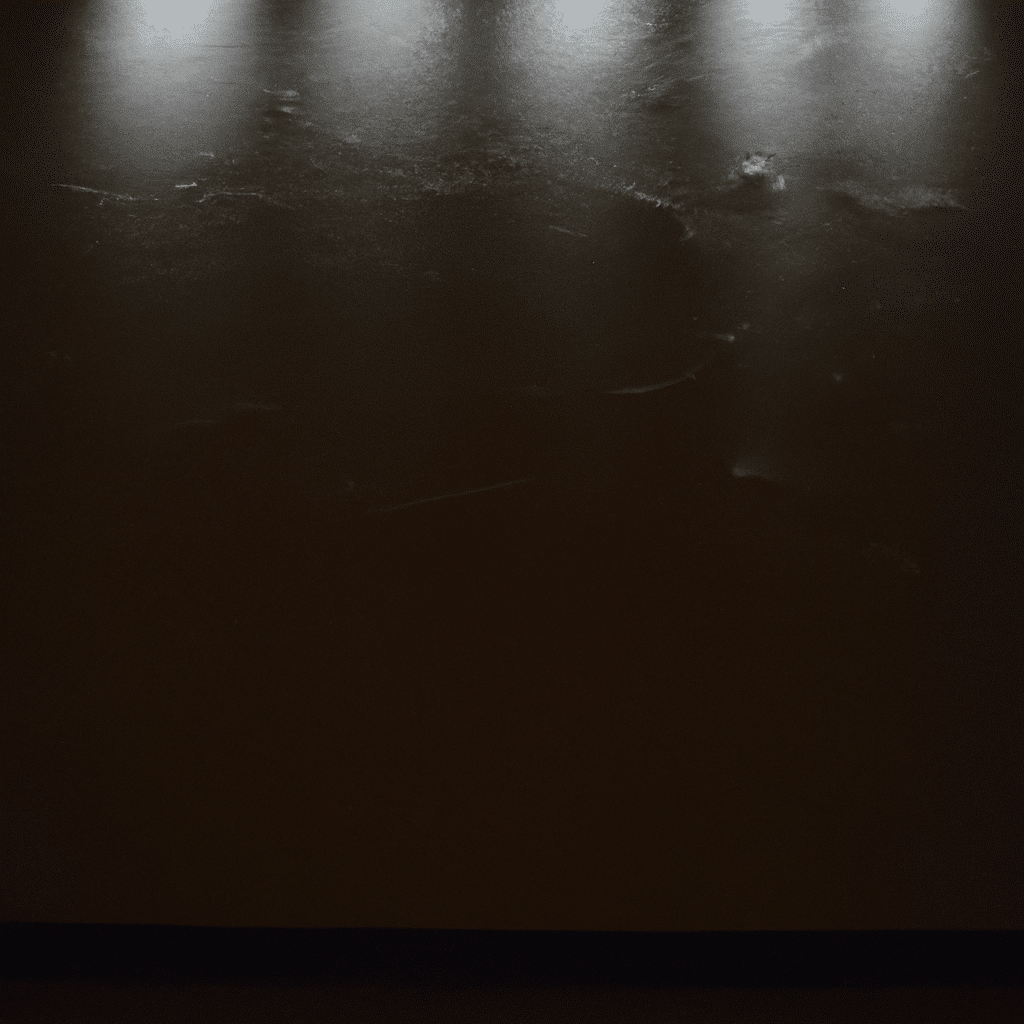In today’s fast-paced world, getting a good night’s sleep has become more important than ever. However, many people struggle to achieve the quality sleep they need to wake up refreshed and rejuvenated. While there are various factors that can affect sleep, one surprising factor that often goes unnoticed is the type of lighting we expose ourselves to, particularly LED lighting. In this article, we will explore the surprising link between LED lighting and sleep quality, and provide you with tips on how to optimize your bedroom for a good night’s rest.
Understanding the Impact of LED Lighting on Sleep
LED lighting is a popular choice for both residential and commercial lighting due to its energy efficiency and longevity. However, studies have shown that exposure to certain types of LED lighting, especially those with high levels of blue light, can have a negative impact on our sleep patterns.
The Role of Blue Light in Sleep Disruption
Blue light is a type of light on the visible spectrum that has a short wavelength and high energy. It is naturally present in sunlight and helps regulate our circadian rhythm, or internal body clock. During the day, exposure to blue light keeps us alert and awake. However, in the evening and at night, exposure to blue light can suppress the production of melatonin, a hormone that plays a crucial role in promoting sleep.
LED Lighting and Melatonin Suppression
LED lights emit a significant amount of blue light, especially the cool white LED bulbs commonly found in residential and commercial settings. When exposed to this type of lighting in the evening or before bed, our bodies are tricked into thinking it’s still daytime, inhibiting the natural release of melatonin and making it harder for us to fall asleep.
The Impact of LED Lighting on Sleep Quality
The disruption of our natural sleep-wake cycle caused by exposure to LED lighting can lead to a variety of sleep-related issues. These may include difficulty falling asleep, frequent awakenings during the night, and overall poor sleep quality. Chronic sleep deprivation can have serious consequences on our physical and mental health, affecting our productivity, mood, and overall well-being.
How to Optimize Your Bedroom for a Good Night’s Rest
Now that we understand the impact of LED lighting on sleep, let’s explore some practical steps you can take to optimize your bedroom environment for a good night’s rest.
1. Choose Warm-Toned LED Bulbs
To minimize the negative effects of LED lighting on sleep, opt for warm-toned LED bulbs with lower levels of blue light. These bulbs emit a softer, more amber-colored light that is less likely to suppress melatonin production. Look for LED bulbs labeled as “warm white” or “soft white” with a color temperature of around 2700-3000 Kelvin.
2. Dim the Lights in the Evening
As the evening approaches, start dimming the lights in your bedroom to signal to your body that it’s time to wind down and prepare for sleep. Consider installing dimmer switches or using lamps with adjustable brightness levels. This will help create a relaxing atmosphere and promote the natural release of melatonin.
3. Limit Screen Time Before Bed
Electronic devices such as smartphones, tablets, and computers emit significant amounts of blue light. Avoid using these devices at least one hour before bedtime to allow your body to naturally wind down. If necessary, use apps or settings that reduce the blue light emitted by your devices, such as “Night Shift” on iPhones or “Night Light” on Android devices.
4. Use Blackout Curtains or Shades
To create a sleep-friendly environment, invest in blackout curtains or shades that effectively block out external light sources, including streetlights or early morning sunlight. This will help promote a dark and peaceful atmosphere conducive to quality sleep.
5. Establish a Bedtime Routine
Creating a consistent bedtime routine can signal to your body that it’s time to sleep. Engage in relaxing activities such as reading a book, taking a warm bath, or practicing meditation before bed. This will help you unwind and prepare for a restful night’s sleep.
6. Keep Your Bedroom Cool and Comfortable
Maintaining a cool and comfortable temperature in your bedroom can significantly enhance sleep quality. Optimal sleeping conditions are typically between 60-67 degrees Fahrenheit (15-19 degrees Celsius). Use fans, air conditioning, or bedding materials that promote breathability to achieve the ideal sleep environment.
7. Invest in Sleep-Friendly Lighting Solutions
If you find that LED lighting continues to disrupt your sleep, consider exploring alternative lighting solutions specifically designed to promote healthy sleep patterns. Some options include smart lighting systems that allow you to control the color and intensity of the light, or specialized sleep bulbs that emit a soothing, warm-toned light.
In conclusion, optimizing your bedroom for a good night’s rest involves more than just a comfortable mattress and cozy pillows. The type of lighting you expose yourself to, particularly LED lighting, can have a significant impact on your sleep quality. By understanding the link between LED lighting and sleep disruption and implementing the tips provided in this article, you can create a sleep-friendly environment that promotes a restful and rejuvenating night’s sleep. Remember, prioritizing your sleep is essential for overall well-being and vitality.



